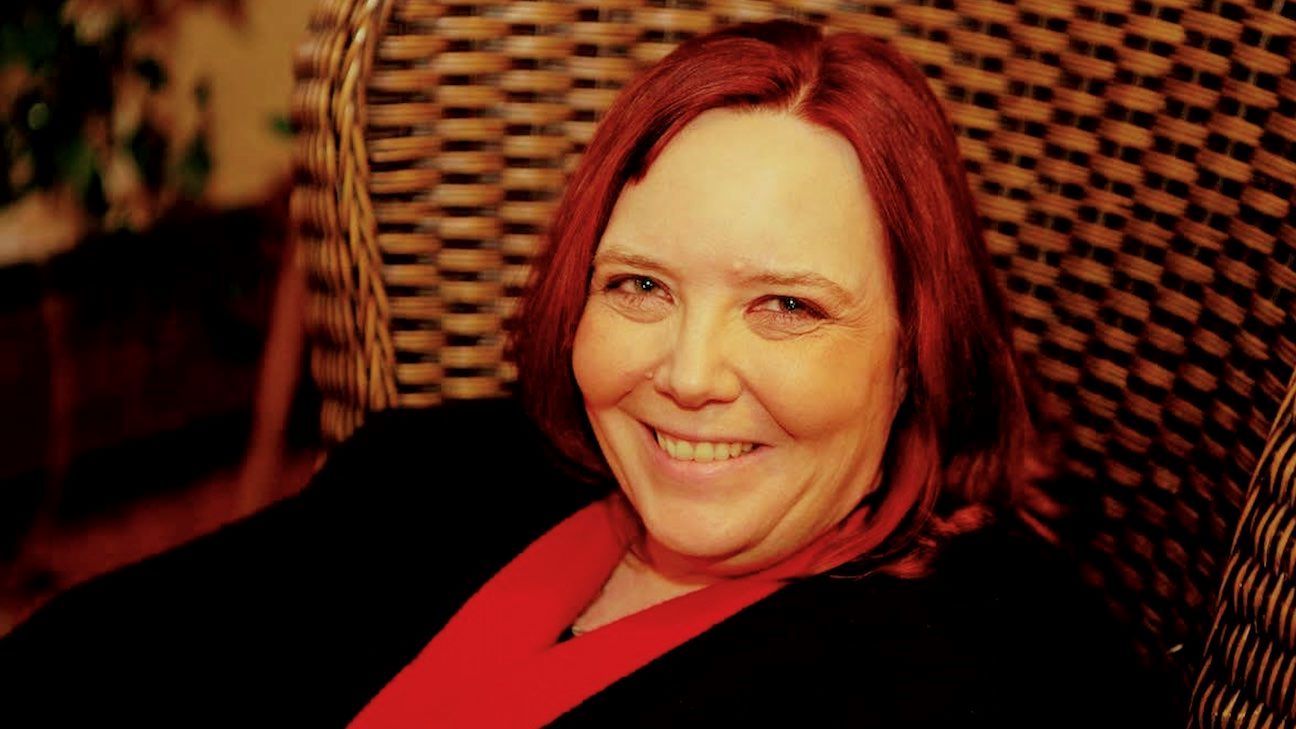canadian labs leading the way in multiple sclerosis research
two canadian researchers are hot on the trail of better therapies for ms patients, which include a protein already existing in the brain and a better understanding of the gut-brain connection.
epilepsy in canada: an overview of stats, impact and resources
the prevalence rate of epilepsy is about 1 in 100 canadians, roughly 300,000 canadians.
how new epilepsy treatment can actually change the lives of patients – once access in canada improves
linda mcclure spends a lot of her time worrying about having a seizure while she waits for access to a potentially life-changing medication in canada.
 8 minute read
8 minute read









